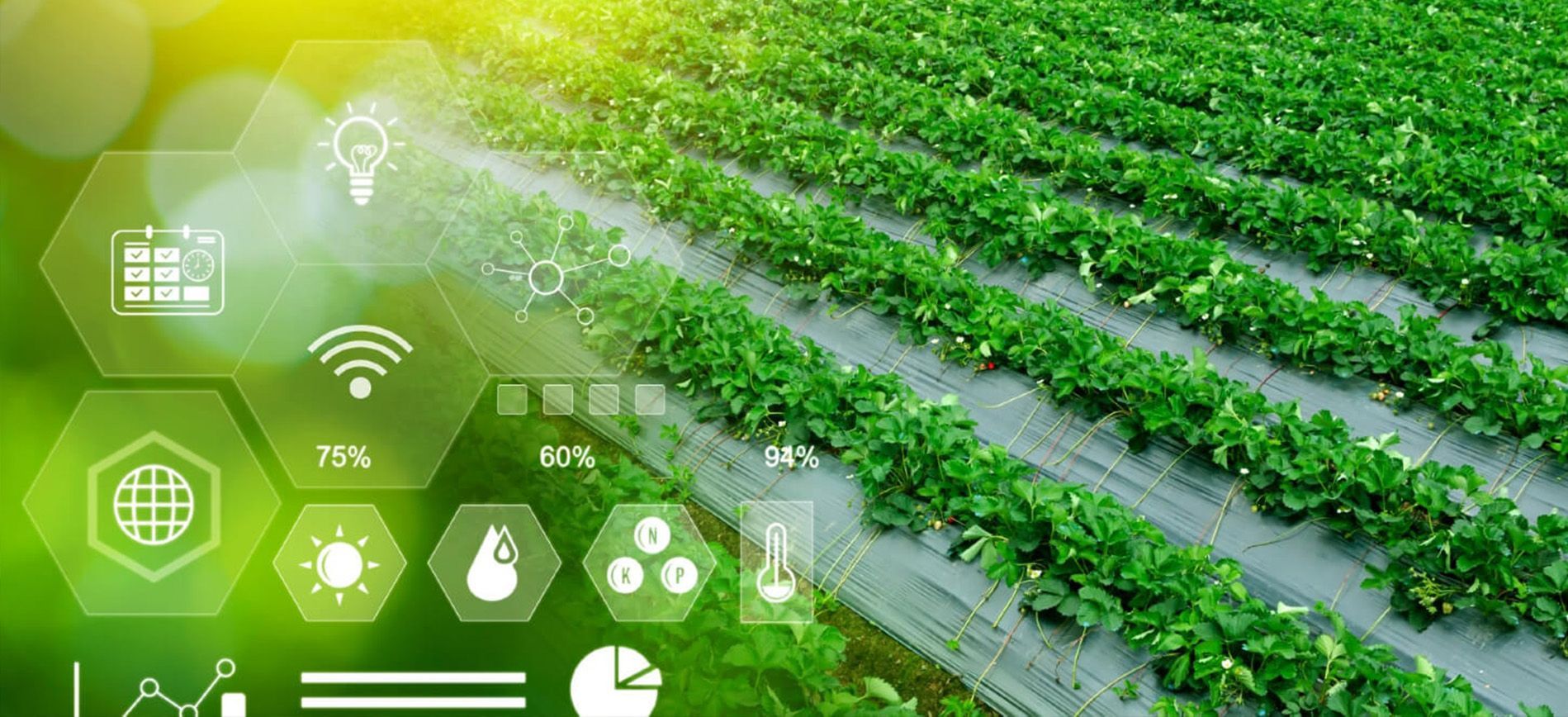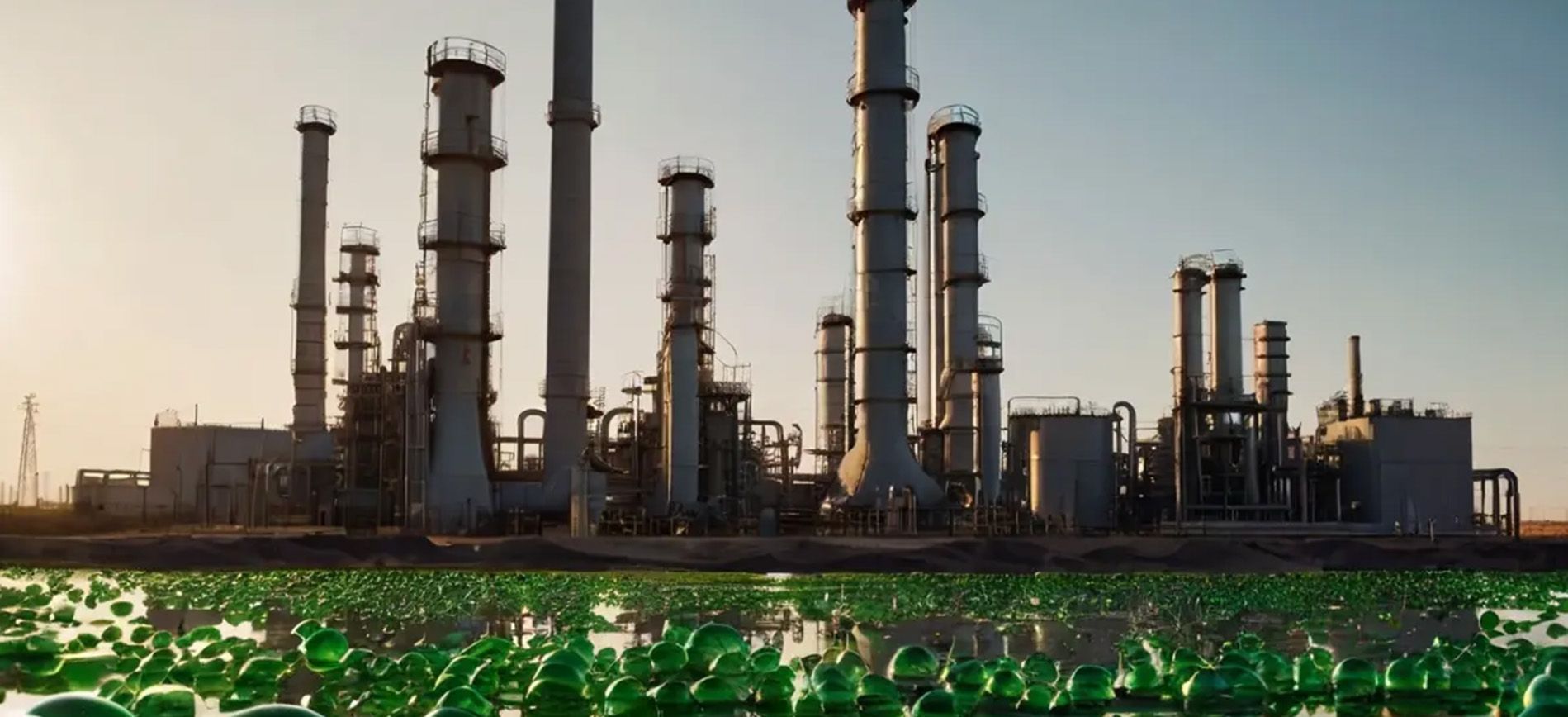Precision Agriculture: Transforming Farming in Africa and India
Precision Agriculture:
Transforming Farming in Africa and India

Precision agriculture is revolutionizing farming by leveraging technology to optimize resource use, improve crop yields, and enhance sustainability. For Africa and India, where agriculture is a major contributor to economic growth and food security, precision agriculture offers solutions to tackle challenges such as resource scarcity, climate variability, and soil degradation. This blog explores the benefits, technologies, and strategies for adopting precision agriculture, as well as its potential impact on productivity and sustainable farming in these regions.
1. Understanding Precision Agriculture and Its Importance:
Precision agriculture involves using data, technology, and analytics to make informed decisions on crop management, soil health, and resource allocation. By tailoring practices to specific field conditions, farmers can maximize productivity, conserve resources, and reduce environmental impact.
- Optimizing Resource Use: Precision agriculture enables farmers to apply water, fertilizer, and pesticides only where needed, reducing waste and improving efficiency. This is especially critical in regions with limited resources, such as water-scarce areas in India and Africa.
- Enhancing Crop Yields and Quality: By monitoring crop health and soil conditions in real time, precision agriculture helps farmers address issues proactively, leading to higher yields and improved quality. This is crucial for staple crops, which are essential for food security.
- Promoting Sustainable Agriculture: Precision practices support sustainable farming by minimizing chemical runoff, conserving soil, and reducing greenhouse gas emissions. For farmers in environmentally sensitive areas, precision agriculture helps protect local ecosystems.
2. Key Technologies in Precision Agriculture:
Various technologies drive precision agriculture, from data collection tools to automated systems. Here are some technologies transforming farming in Africa and India:
- Satellite and Drone Imaging: Satellite and drone images provide detailed information on crop health, soil moisture, and pest activity, helping farmers make timely decisions. This technology is valuable for monitoring large farms or remote areas.
- Soil Sensors and Weather Monitoring: Soil sensors measure moisture, temperature, and nutrient levels, enabling precise water and fertilizer application. Weather stations provide localized forecasts, allowing farmers to plan for optimal planting and harvesting times.
- GPS-Guided Machinery and Equipment: GPS-enabled tractors, planters, and sprayers help farmers apply inputs accurately, reducing waste and improving field efficiency. This technology is particularly useful for larger farms or cooperatives looking to maximize productivity.
- Data Analytics and Artificial Intelligence (AI): Data analytics and AI tools process information from multiple sources, giving farmers insights on crop health, growth patterns, and potential risks. By predicting issues, AI supports proactive decision-making.
3. Challenges in Adopting Precision Agriculture:
Despite the potential benefits, precision agriculture faces challenges related to technology accessibility, cost, and technical knowledge. Addressing these barriers is essential for promoting precision agriculture in emerging markets.
- High Initial Investment: Precision agriculture tools, such as drones and soil sensors, can be costly, making them less accessible to smallholder farmers. Government subsidies, grants, and financing programs can help reduce financial barriers.
- Limited Digital Infrastructure: Poor internet connectivity and a lack of digital infrastructure in rural areas can limit access to real-time data and mobile applications. Expanding rural broadband and mobile networks is crucial for precision agriculture’s success.
- Technical Knowledge and Training Requirements: Using precision agriculture tools requires technical skills, which many farmers may lack. Training programs, offered by agricultural extension services or NGOs, can equip farmers with the skills needed to operate these tools effectively.
4. Strategies for Promoting Precision Agriculture in Africa and India:
To encourage the adoption of precision agriculture, various strategies, from financial incentives to community-based models, are effective in addressing barriers and supporting farmers.
- Financial Incentives and Subsidies for Smallholders: Governments can offer subsidies, low-interest loans, and tax breaks to make precision agriculture equipment affordable for smallholder farmers, allowing more farmers to benefit from these technologies.
- Public-Private Partnerships for Digital Infrastructure: Collaborations between the government and private tech companies can expand digital connectivity in rural areas, enabling farmers to access mobile-based precision agriculture solutions.
- Cooperative Models and Shared Equipment: Farmer cooperatives or community-based programs can pool resources to purchase and share precision agriculture equipment. Shared access to technology allows more farmers to benefit without bearing the full cost individually.
- Educational Programs and Mobile Training Tools: Providing farmers with hands-on training and access to mobile-based guides on precision agriculture enables them to use technology effectively. Digital learning platforms and field workshops can facilitate knowledge transfer in rural areas.
5. Benefits of Precision Agriculture for Sustainable Farming:
Precision agriculture not only boosts productivity but also supports long-term sustainability, helping farmers in Africa and India improve their livelihoods while protecting the environment.
- Increased Crop Productivity and Profitability: Precision agriculture reduces resource wastage and improves yields, translating to higher profits for farmers. By enhancing efficiency, farmers can produce more with fewer inputs, maximizing return on investment.
- Climate Resilience and Adaptation: Precision agriculture practices, such as soil moisture monitoring and precision irrigation, help farmers adapt to climate variability, conserving water and building resilience against droughts.
- Enhanced Soil and Water Conservation: Targeted input applications reduce the risk of nutrient runoff and soil degradation, protecting water quality and maintaining soil health. Precision agriculture contributes to sustainable land management and reduces the need for land clearing.
- Supporting Food Security Goals: By improving agricultural productivity, precision agriculture plays a role in meeting food security goals for both regions, helping countries reduce reliance on food imports and support local demand.
Conclusion:
Precision agriculture offers immense potential to transform farming in Africa and India by optimizing resource use, increasing productivity, and supporting sustainable practices. By addressing barriers such as cost and accessibility, and promoting education and infrastructure, governments and stakeholders can make precision agriculture accessible to more farmers. As Africa and India adopt these innovative farming techniques, they can improve food security, support economic growth, and contribute to a more sustainable agricultural future.




